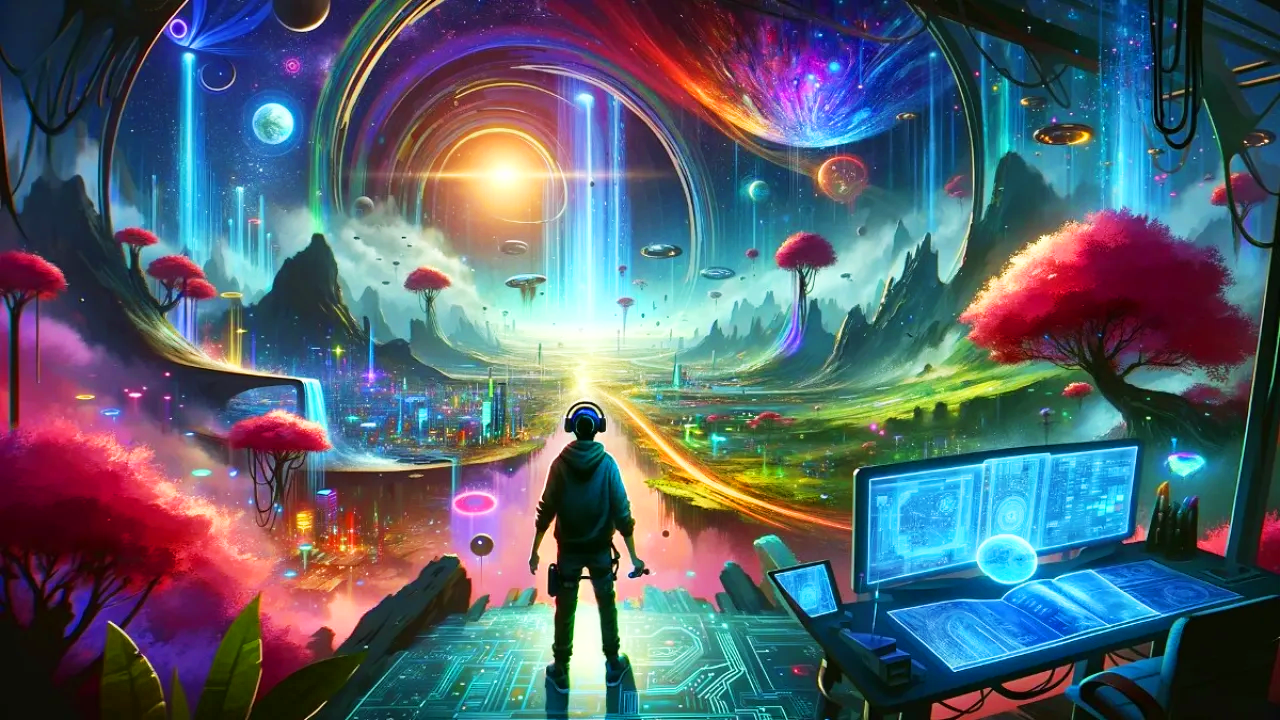30.03.2022
Since the end of October last year, when Marc Zuckerberg announced the change of name of Facebook to Meta, the concept of metaverse has spread among the population at an exponential rate. So much so, that in the last quarter of 2021, Google searches for this term, and related ones, multiplied considerably.
This fact, however, has also caused confusion and doubts, because many of the media and channels, which echoed the popularity of the term, began to dilute the original concept and associate it with other technological concepts that may be related, but are not specifically a reference to the metaverse.
We want to make it clear here, the metaverse is unique. There are no "metaverses".Virtual environments exist within the metaverse. And that is why, in this article we want to talk about them, about the different virtual environments that we can find in the metaverse, so that you understand their characteristics and know which ones are currently the most interesting for brands and companies.
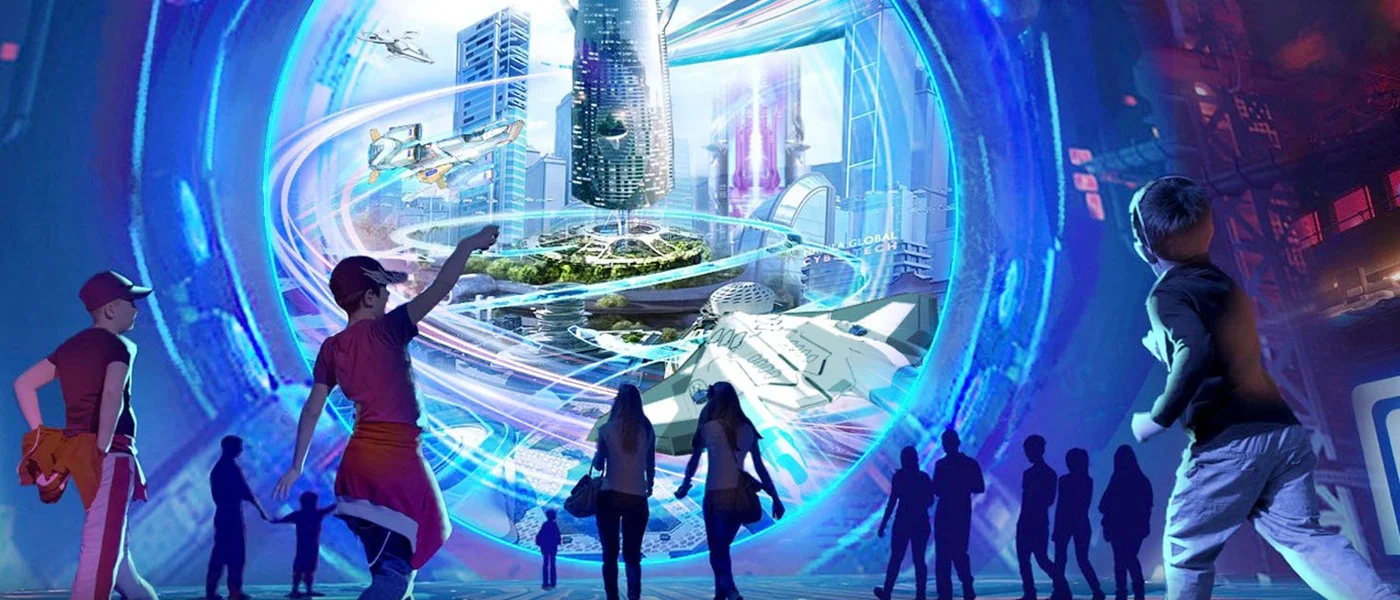
Before continuing, if you want to know more in depth the actual concept of metaverse and the first steps that big companies like Facebook and Microsoft started to take in 2021 to enter it, we recommend you to read this article:
Types of virtual environments in the metaverse
Depending on their functioning, rules, economy and characteristics, we can find different types of virtual environments in the metaverse. Although at present, there are two types of virtual environments that we are most interested in knowing: the centralized virtual environments and the decentralized virtual environments.
Centralized virtual environments
The centralized virtual environments are all those virtual environments in the metaverse whose control and ownership is held by a single organization or private company and whose rules are imposed on all users by it. This means that the power of decision on such virtual environment rests solely with that organization and it can execute the changes it wants, whether or not the users like them.
For this reason, the future of this type of virtual environments depends on the interests of the owning organization. For example, if one day it decides to radically change the economics of the virtual environment, affecting users who have formed businesses within it, no other user is going to be able to do anything about it. In addition, they will have to accept these new rules if they want to continue participating in the virtual environment.
Big corporations such as Meta (the former Facebook) or Microsoft are working on developing their own virtual environment, which is expected to be centralized, in which these companies will allow users to make use of them, but they will have all the power over the data, the users and the decision making that will mark the future of these virtual environments.
Decentralized virtual environments
Can you imagine a virtual environment in which Marc Zuckerberg or Bill Gates were mere users with the same decision-making power as you or me? Well, this is precisely what is sought with the creation of decentralized virtual environments, avoiding the distrust of depending on the control of large private corporations.
Thus, decentralized virtual environments were born as spaces in the metaverse whose ownership resides solely with the people who use it, i.e., its users. Its rules, functionalities and future decisions are carried out through a form of organization DAO (Decentralized Autonomous Organization) or Decentralized Autonomous Organization, in which users who have invested money in the development of such virtual environment, either by buying a plot or the NFT token specific to that environment, have a voice and vote by holding periodic assemblies.
The most interesting virtual environments in the metaverse
Many have been the virtual environments that, over the years, have tried to generate a user experience similar to the one we could see in the movie Ready Player One (if you have not seen it and you are interested in the metaverse, we recommend you to watch it).
We can talk about some like Second Life or Habbo Hotel more focused on socialization, others like Minecraft or GTA Online that open more possibilities to roleplay, and others like Fortnite or World of Warcraft that are based on the gamified experience.
All of these aforementioned metaverse virtual environments fulfill something in common: they are user-centric and have few options for companies and brands to generate business on their own.
And for that reason, from here on, we are going to shed light by showing you what we consider to be the best virtual environments in the metaverse for companies and brands that want to start generating business within it:
Decentraland
Decentraland is the first on our list, not because it is the best virtual environment in the metaverse, but because it is one of the most used by big brands, more accessible and simple to use and has a large number of active users month after month.
It is a decentralized virtual environment, divided into 90601 plots of land, which was publicly launched in February 2020. It has its own economy via the MANA token, hosted on the Ethereum network, and its organization is produced by DAO overseen by the non-profit Decentraland Foundation.
Decentraland is currently the most user-friendly metaverse virtual environment due to its intuitive functionality and the fact that it runs directly from the web browser. This means that virtually anyone can enter it and enjoy its possibilities. Despite this, the average active user of Decentraland is between 25 and 45 years old, being very accustomed to using new technologies and socializing through the Internet.
Learn more about Decentraland!
Roblox
Roblox is a centralized virtual environment platform where users can find thousands of online games and experiences available for both mobile and PC. The vast majority of these games and experiences are accessible for free, although they may have paid premium content.
In November 2021, Roblox reached 50 million daily active users, growing at a rate of 35% year over year, and despite the popular belief that its target is children, 30% of its users are over the age of 17.
The great emphasis of Roblox is based on its concept of create and share, in which all users can be creators and players at the same time, developing their own experiences to share promote and monetize them, generating business among the community.
This sense of community has caused its exponential growth, consolidating itself as a new communication channel for brands, allowing them to connect with their audience in a novel and interactive way.
In this video you can see an example made by us of an experience in Roblox themed around the new Sonic movie.
The Sandbox
The Sandbox started out as a mobile game, but in 2018 its developers decided to change course and turn it into a virtual environment, the purpose of which was to allow users to develop their own games and host them within The Sandbox. Like Decentraland, it is decentralized in nature although it is still in limited alpha phase and does not have a defined DAO organization.
It has its own economy through transactions of its SAND token, and just like Decentraland, it is necessary to invest in buying a plot of land in order to create games or experiences on it.
Despite still being in development and with a long way to go, The Sandbox has already attracted more than 2 million users, mainly closely related to the gaming world, and is one of the virtual environments in the metaverse that is generating the most expectations.
Horizon Worlds
Horizon Worlds is the first virtual environment designed and developed by Meta, the former Facebook. Its availability is currently limited to the United States and Canada, although it is expected to reach other countries over time. Another of its accessibility problems lies in the fact that it can only be accessed using Meta's virtual reality glasses: the Oculus Quest.
In this virtual environment of the metaverse, users can move freely with their avatars and interact and communicate virtually with the rest of the people. However, at the moment, it does not have any blockchain technology layer included, which means that it does not have its own cryptocurrency or the possibility of generating business through the sale of digital assets.
The steps that Meta has been taking in recent months with this virtual environment, make us think that its first current intention, after the Covid-19 health crisis, is to generate a virtual social network, trying to revolutionize the digital world as it did with the launch of Facebook back in 2004.
VRChat
VRChat is a centralized virtual environment that, despite its name, allows users to access with or without virtual reality devices. Its huge arena is filled with online lobbies in which users, embodying a virtual avatar that represents them, move around, interact with other users by speaking through voice chat and engage in solo or cooperative experiences and mini-games.
Making use of virtual reality devices to enter VRChat allows users to augment their experience, for example by being able to interact differently with the environment, having their avatar reproduce the movements they make in real life, or other types of additional actions.
At the business level for companies and brands, VRChat is a virtual environment in constant evolution, which currently does not have a large number of daily users but does have a large community around the experiences created. For this reason, it is not surprising that every day more and more companies are considering it as a new option to enter the metaverse, and in the future it is expected that more will continue to arrive.
Cryptovoxels
Cryptovoxels is a centralized virtual environment whose experience is similar to the previously mentioned Decentraland, with a variation in its aesthetics, being all built using cubes, similar to Minecraft but somewhat more aesthetically pleasing.
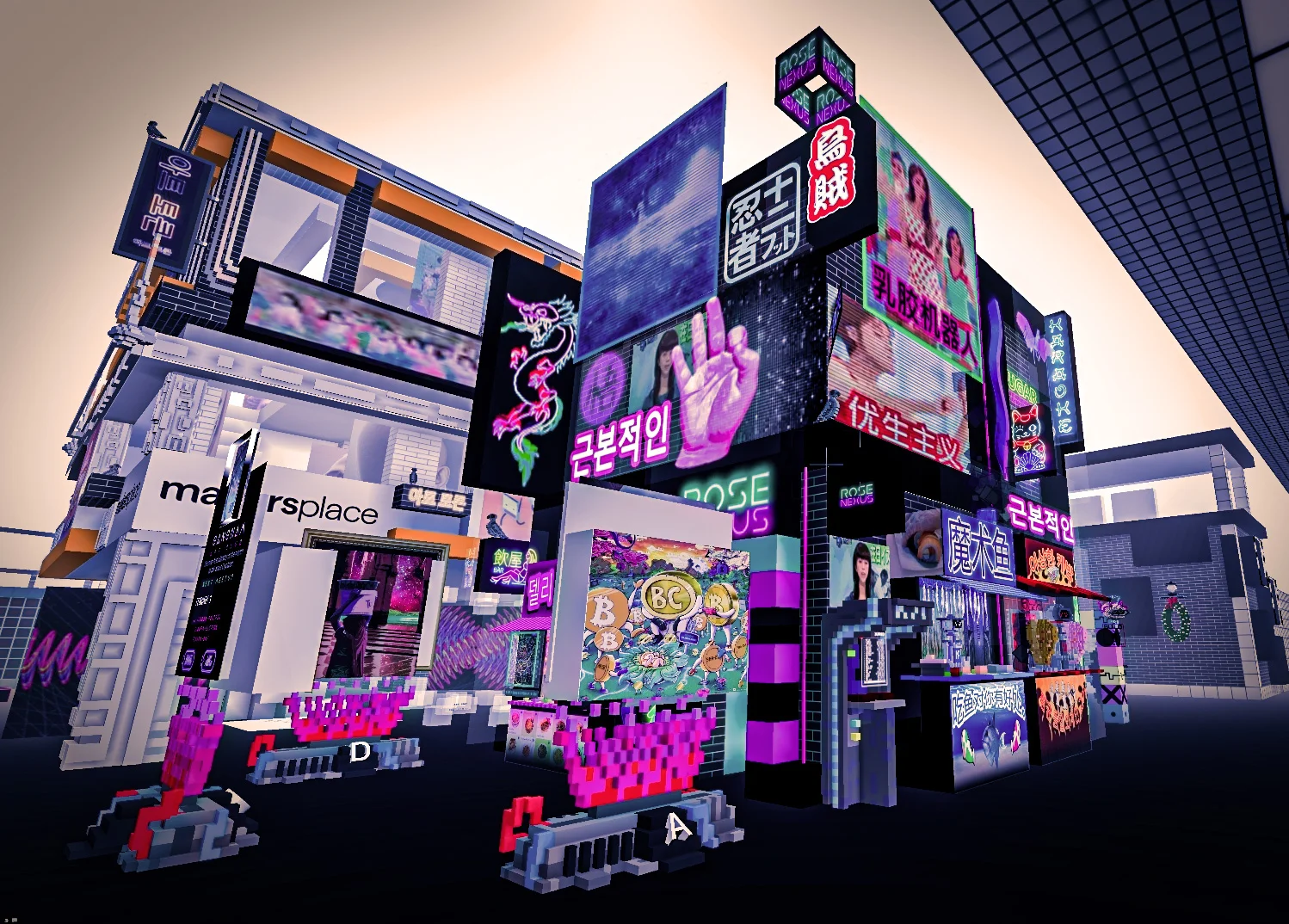
In order to build in Cryptovoxels it is necessary to buy a plot of land within the virtual environment, so it is necessary to make an initial investment to be able to generate business in it. Despite this, this investment is considerably less than the one to be disbursed in Decentraland, but its audience is also much smaller.
Cryptovoxels is currently very focused on the display and sale of cryptoart through NFTs, so it is a virtual environment that can be interesting for artists, art galleries, museums, auction houses or other similar businesses. Seeing the repercussion and evolution of other virtual environments such as Decentraland or The Sandbox, we believe that Cryptovoxels will become in the future a very specific niche for crypto artists and related businesses.
Now you know which are the most interesting virtual environments to introduce your company in the metaverse, but do you know what business opportunities it is generating and how to take advantage of them?
If you want to know how pioneering companies in the metaverse are generating profit in these virtual environments, we recommend you click this button and find out for yourself.


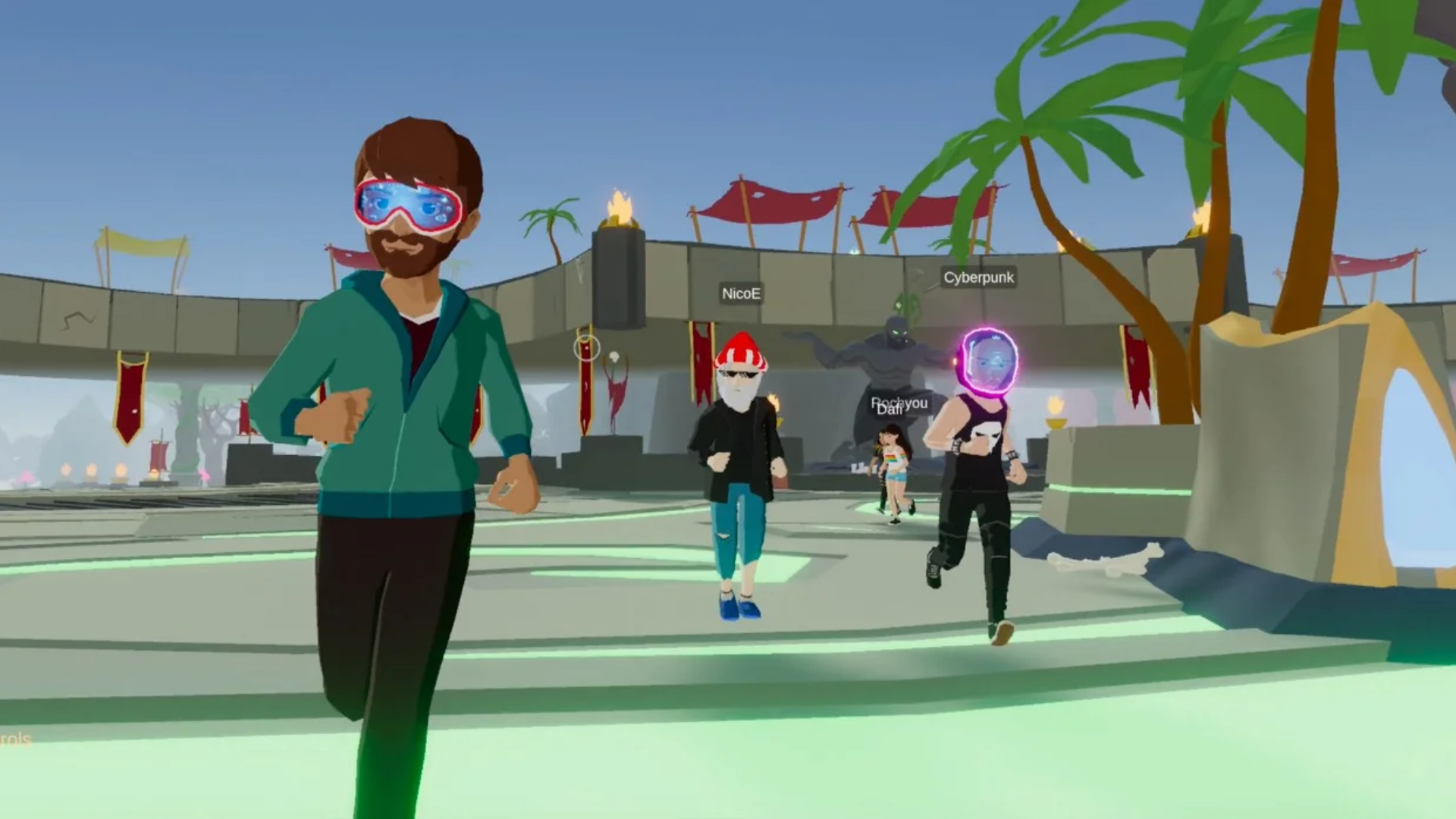

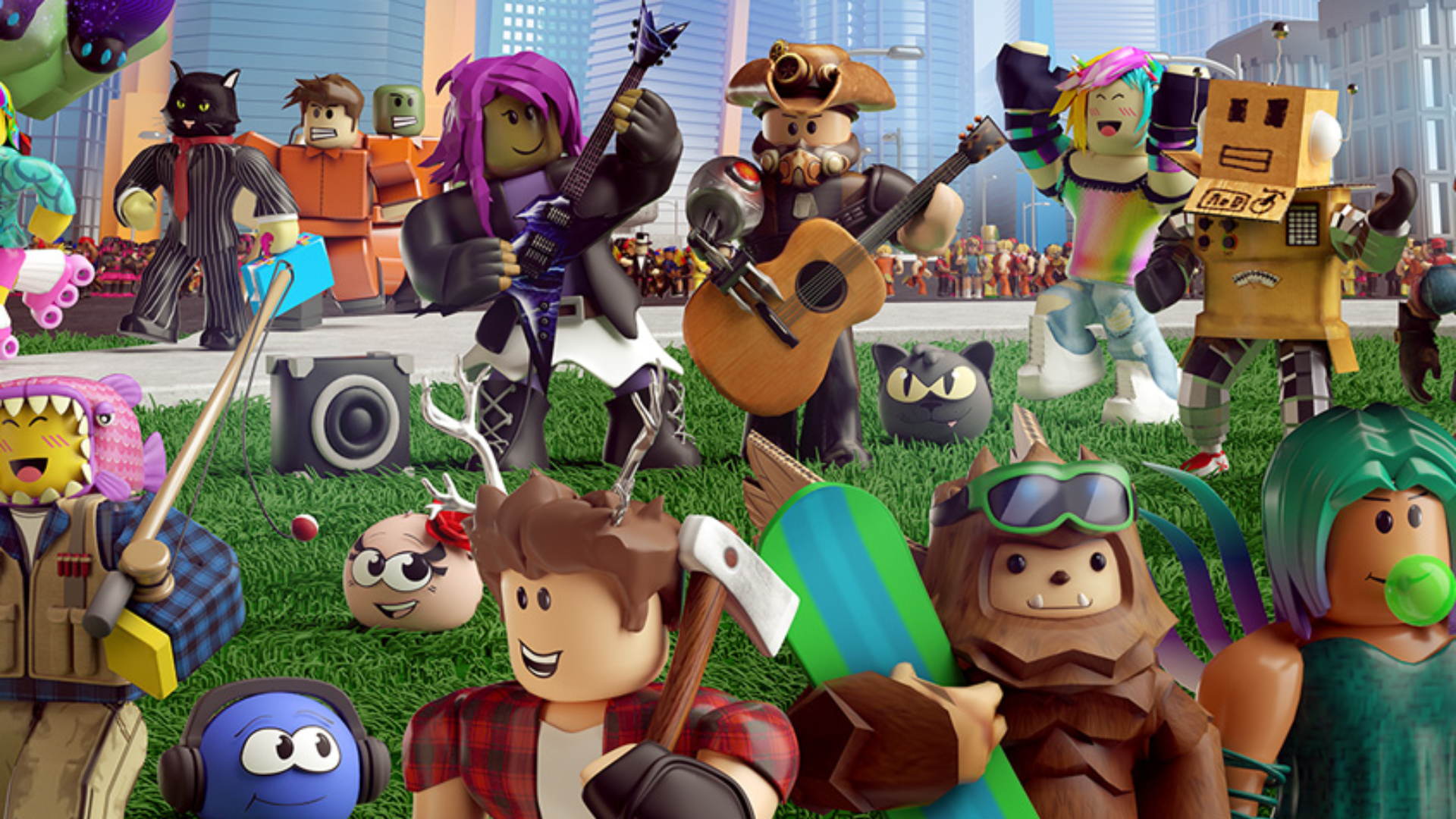

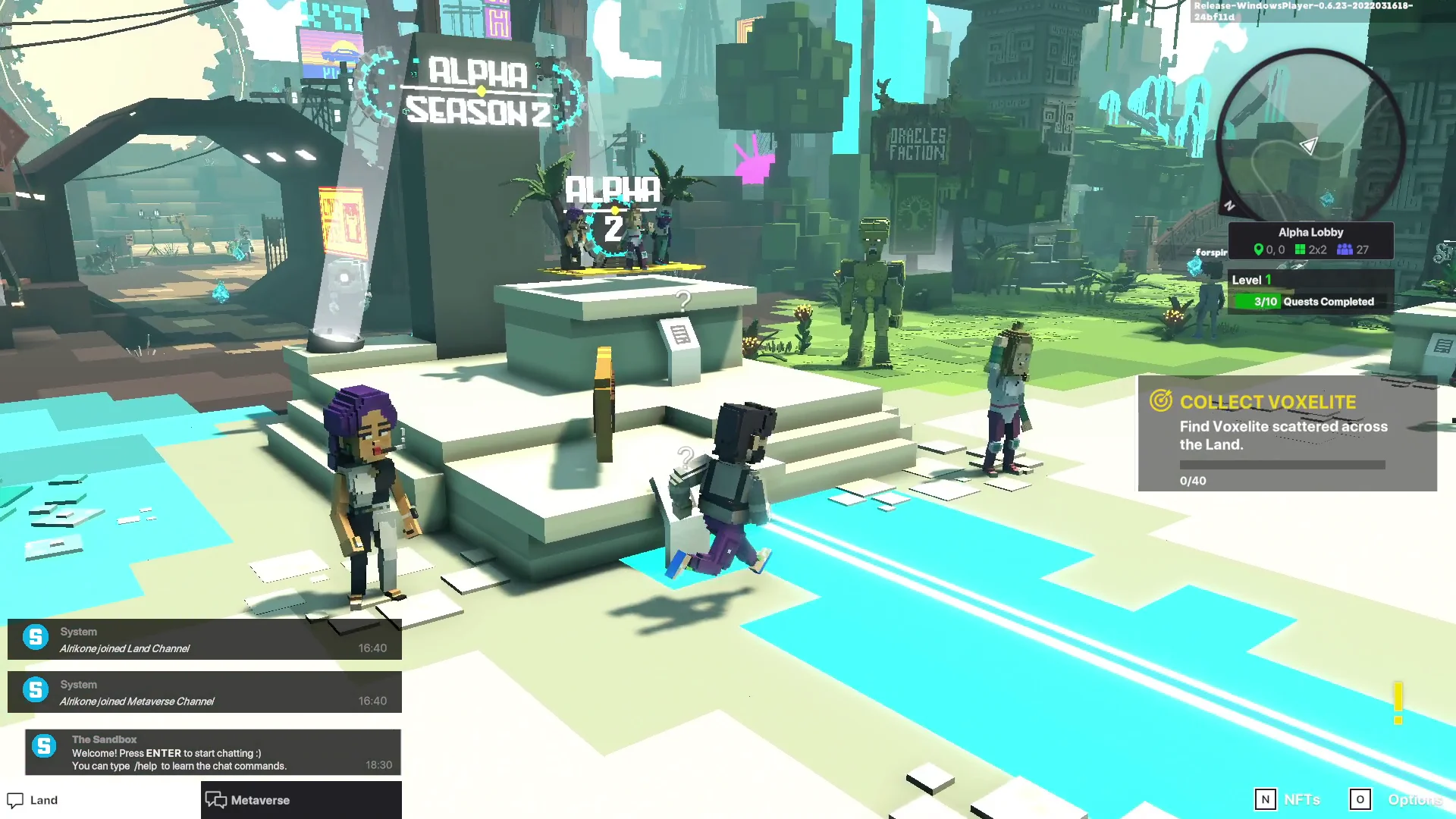


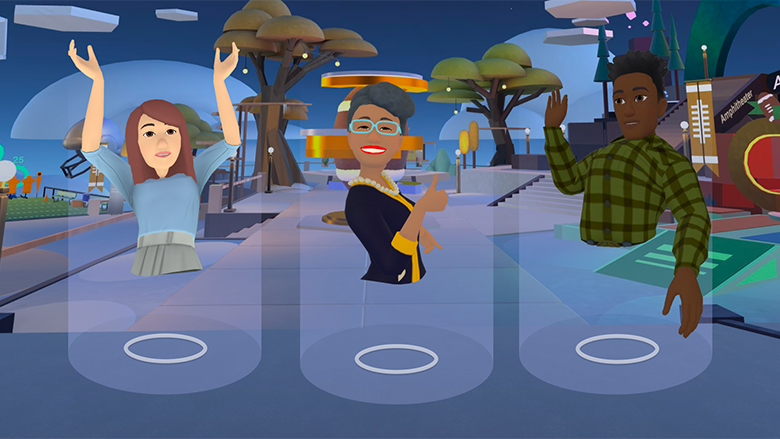
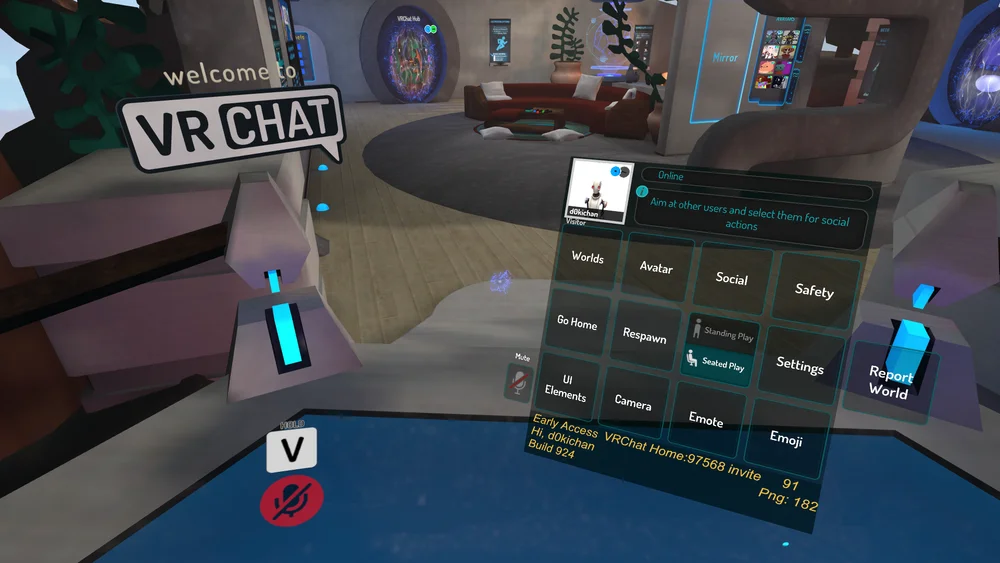

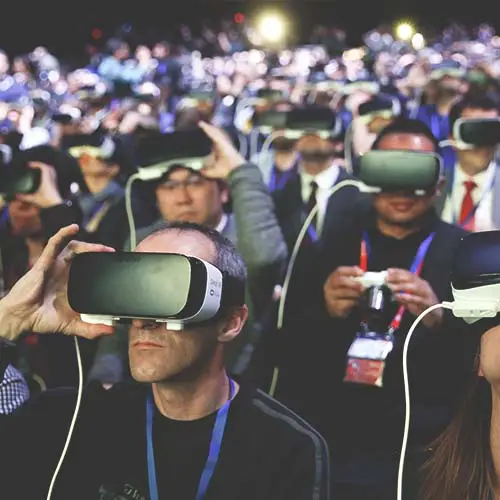

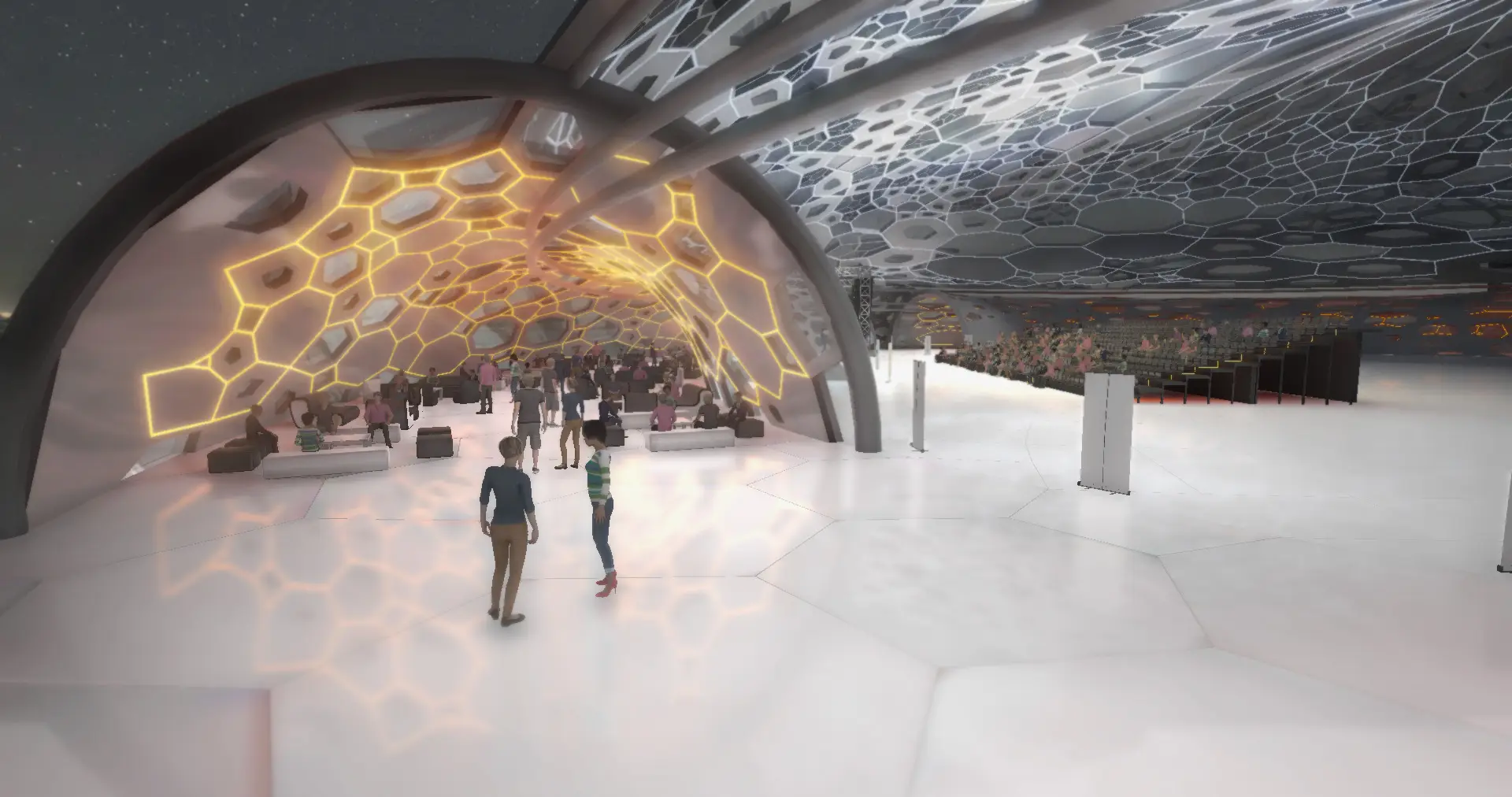









 RETURN
RETURN
